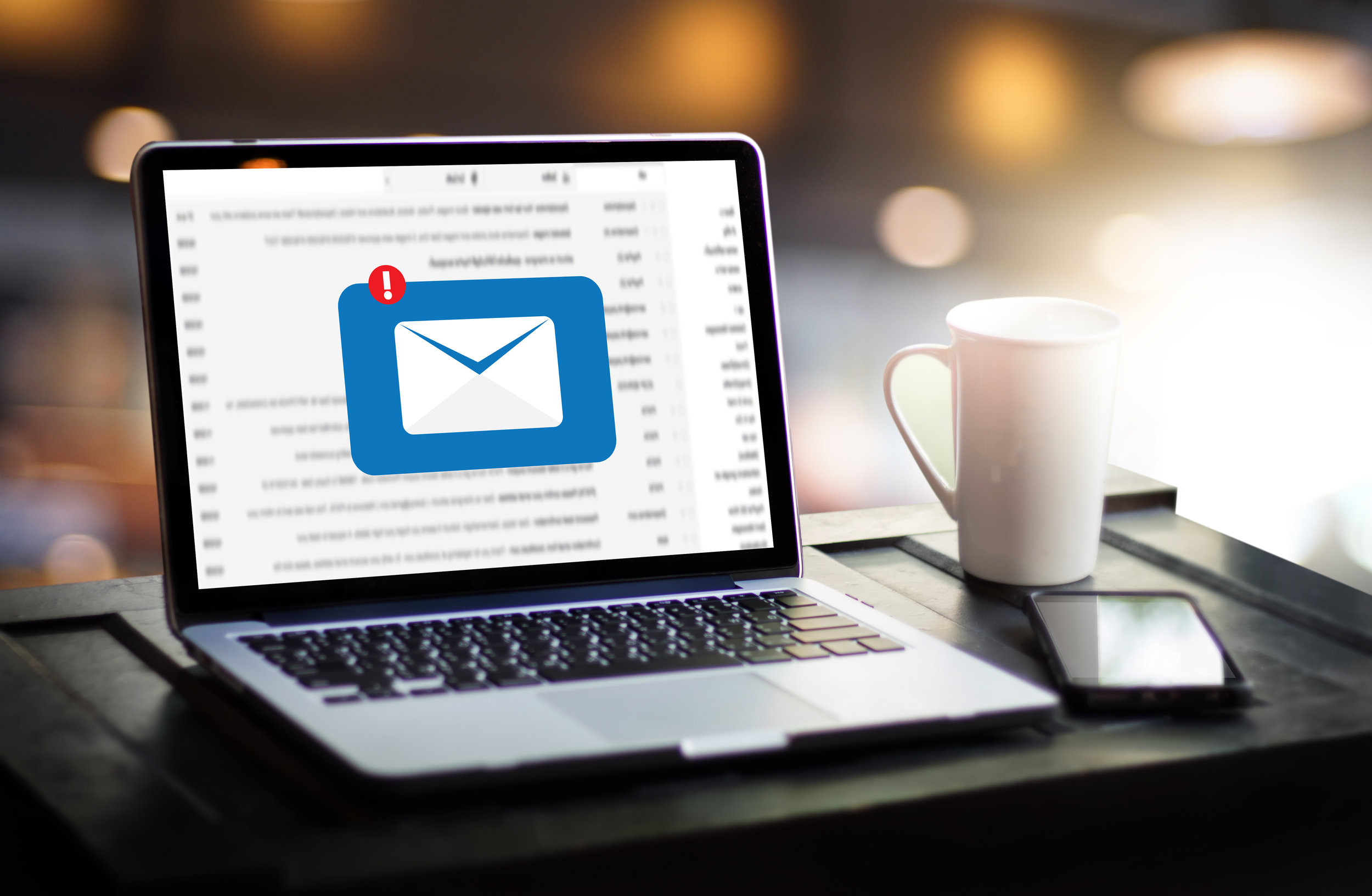Best Email Marketing Practices for the Typical Marketer
Email has consistently proven to be one of the most effective marketing channels, but it is often misused by marketers. What can be a huge asset to the marketer’s toolbox can also present plenty of challenges.
Marketers must remember to avoid overwhelming the consumer by bombarding or cluttering their inbox, and, by all means necessary, stay clear of the (rotten) spam folder.
How can marketers grasp their consumer’s attention or stand out in a unique way without coming off too strong or obnoxious? How can marketers inform their email marketing strategy to attract more leads and subscribers? What deters consumers? What drives consumers to click the “subscribe” or “unsubscribe” button?
Setup turned to the expertise of our agency partners, DEFINITION 6 and Response Media, for the answers and insights on best email marketing practices.
Subject Lines
The subject line is the consumer’s first impression of the brand. All of the hard work drafted into the messaging of the email will go unnoticed if the email is never opened. The subject line needs to be succinct, informative, and captivating. According to DEFINITION 6, the subject line should reflect the content within the email and, if possible, it should be personalized. A more personalized outreach will draw more attention.
When it comes to a subject line, drawing attention is vital, but that doesn’t mean marketers should overload it with symbols and “power” words. “All caps, overuse of exclamation points or symbols, and spam trigger words such as ‘free,’ ‘limited time,’ and ‘win’ can all impact inbox placement,” says Shannon Ballantine, an Account Supervisor and Email Specialist for DEFINITION 6. The overall health of the a brand’s “sender score” and the delivery of future emails are in jeopardy if an abundance of emails are sent that land in the spam folder.
Response Media added that certain emojis could be beneficial depending on the campaign - “Using emojis can be a great way to drive opens; however, one should select emojis that will render in all ISPs [internet service providers] to avoid triggering a spam filter.”
Lists
Marketers want engagements with prospects/customers and they want them fast. Sometimes this means risking quality that may hurt the brand in the long run. Buying or renting a list may seem like a shortcut to getting to a consumer, but ultimately, building your own list will build stronger relationships with the client. A purchased list may have inactive or inaccurate data leading to more emails in the spam folder and a soiled sender reputation.
Growing a healthy list takes time but can be assisted with social media marketing, search engine optimization, and paid ads. Be present on relevant websites and offer the consumer value. Give them a reason to click. At the end of the day, “You should always make sure your subscribers have opted into your email program and want to be receiving what you are sending.” To incentivize more users to subscribe faster, DEFINITION 6 advises clients to “provide a discount or the chance to win something. If you offer something in return, they'll be more likely to sign up.”
When the consumer is finally lured in, make sure the sign-up process is seamless. The less information they have to fill out, the more likely they are to convert.
Disengaged Subscribers
Even if a consumer is not hitting the “unsubscribe” button, a disengaged user is still affecting the health of the brand and engagement. Shannon Ballantine suggests that, “Lists be cleaned regularly to remove unengaged and invalid email addresses.” This is because, “internet service providers (ISPs) look at overall engagement with your brand's emails when determining if messages should be sent to a user's inbox or spam.”
Email engagement is a major factor when it comes to determining whether or not an email is “spam.” A poor sender score reputation may result from inaccurate contacts that came from purchased or loaned lists.
If the email is correct and the subscriber is just inactive, DEFINITION 6 recommends re-engagement campaigns as a way to “reintroduce these subscribers to the email program later down the road.”
Personalized Emails
Consumer data has influenced marketing to the point where consumers almost always expect it. Personalized messages appear more authentic and trustworthy - making it more probable that the consumer will interact or adhere to the brand’s ask. How can marketers personalize the email experience in a creative manner?
Response Media suggests for brands to utilize the behavioral activity from emails, website, e-commerce, and customer service data to find trigger points relevant to the consumer. Observing their interests can influence the follow-up messaging to recommend products or guide them through the next steps in the consumer journey.
Behavior-based marketing is effective for creating specific streams that provide a consumer with certain information regarding a topic. Response Media firmly states that “behavior-based email targeting consistently outperforms solely demographically targeted campaigns, every time.”
Newsletters
Newsletters help brands nurture their current relationship with their consumers by sharing relevant content with the subscribers, but they must provide value. DEFINITION 6 advised that “incorporating both frequency and content testing into an email program will provide the insight into how often subscribers want to be receiving communications from the brand and what types of content they want to see.”
The decision to include frequent updates or newsletters ultimately resides with the brand and the type of relationship it wants to build with the consumer. Only hitting the inbox once a month may lead to indifference from the consumer about the brand. On the other hand, one strong email may have a higher impact compared to multiple repetitive emails. Sending out test emails to small samples of the target audience may help gauge the interest and investment of the subscribers and influence desired frequency.
Email marketing is a game of slowly building strong lists of dedicated subscribers then making an impact with engaging, relevant content.
As an email marketer, it is important to...
Have patience
Listen to consumer trends
Observe consumer behavior
Always provide value or a solution
Adjust email strategy accordingly
Need help with email marketing? Reach out to us and we will connect you with the right agency fit for you!





Since the last three months have been a hodgepodge of brands invading inboxes with COVID-19 updates and supportive messages, it is important for marketers to stand out from their competitors, but not abuse this powerful tool.
Here are some email marketing practices to keep in mind during the pandemic: